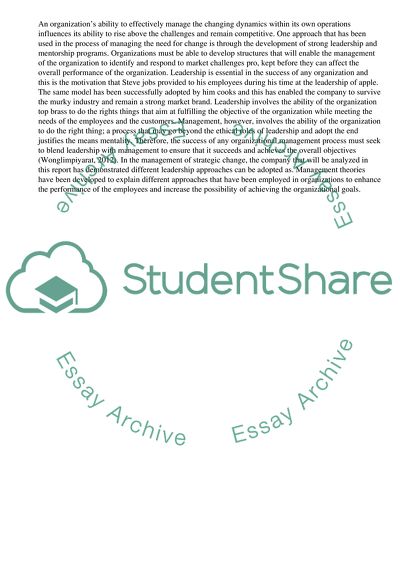Cite this document
(Leadership and Management of Strategic Change Research Paper, n.d.)
Leadership and Management of Strategic Change Research Paper. Retrieved from https://studentshare.org/management/1832156-leadership-and-management-of-strategic-change
Leadership and Management of Strategic Change Research Paper. Retrieved from https://studentshare.org/management/1832156-leadership-and-management-of-strategic-change
(Leadership and Management of Strategic Change Research Paper)
Leadership and Management of Strategic Change Research Paper. https://studentshare.org/management/1832156-leadership-and-management-of-strategic-change.
Leadership and Management of Strategic Change Research Paper. https://studentshare.org/management/1832156-leadership-and-management-of-strategic-change.
“Leadership and Management of Strategic Change Research Paper”, n.d. https://studentshare.org/management/1832156-leadership-and-management-of-strategic-change.


